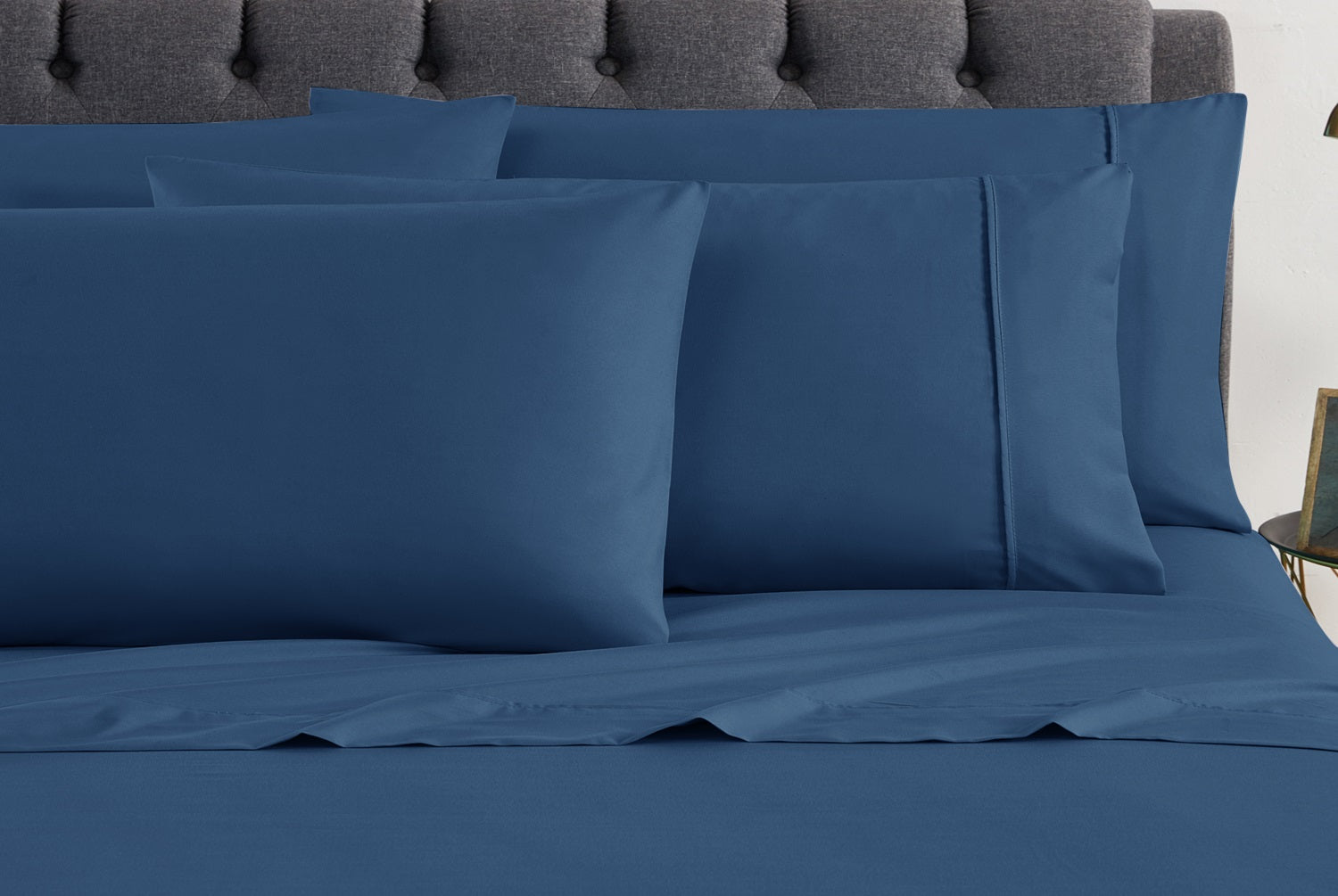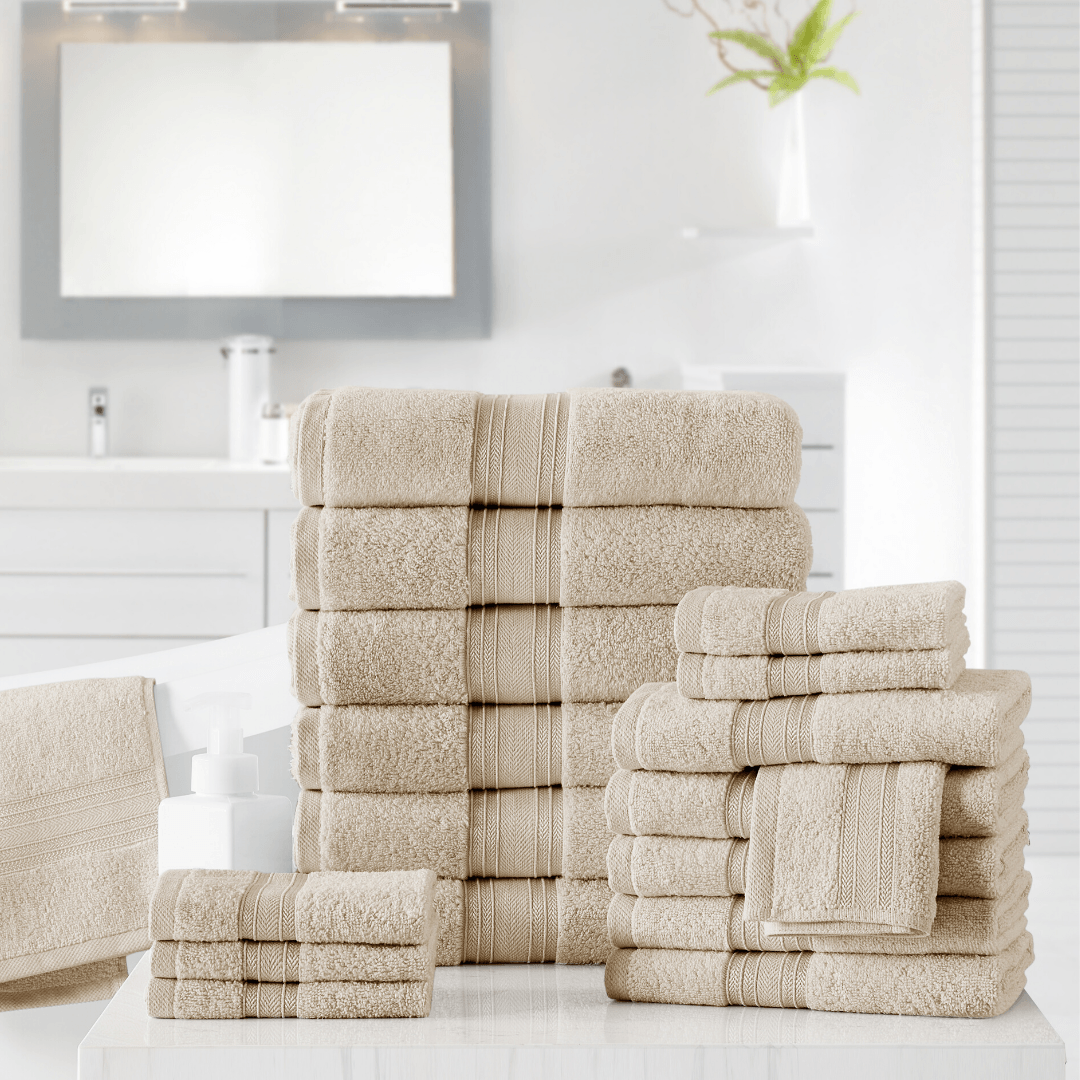Microfiber sheets have been gaining popularity for their numerous benefits that cater to a wide range of needs. Let's dive into what makes these sheets a game-changer for your sleep experience.
What are Microfiber Sheets?
Microfiber is a synthetic fabric made of finely woven fibers that are thinner than a human hair. When these fibers are tightly woven together, they create a soft, durable fabric known as microfiber. Microfiber sheets are made from this material, offering a luxurious feel and exceptional performance.
Benefits of Microfiber Sheets
Microfiber sheets boast a variety of advantages that make them stand out from traditional sheets.
- Hypoallergenic Properties
- Perfect for allergy sufferers.
- Resistant to dust mites, improving sleep quality for those prone to allergies.
Moisture Wicking Abilities
- Keeps you cool and dry, preventing night sweats.
- Ideal for hot sleepers seeking temperature regulation.
Durability and Longevity
- Resistant to fading and piling.
- Retains shape and color even after multiple washes.
Easy Maintenance and Care
- Machine washable and dries quickly.
- Wrinkle-free and low maintenance, eliminating the need for ironing.
Cost-Effectiveness
- Affordable price point.
- Value for money and savings on water and electricity bills.
How to Choose the Best Microfiber Sheets
Selecting the right microfiber sheets involves considering several key factors to ensure optimal comfort and quality.
- Thread Count and Fabric Quality
When choosing microfiber sheets, understanding the thread count and fabric quality is crucial for a satisfying experience.
- Size and Fit
- Ensure the sheets fit your mattress properly.
- Deep pockets are essential for larger mattresses.
- Brand Reputation and Customer Reviews
- Explore trusted brands in the market.
- Analyze customer reviews to guarantee satisfaction.
Tips for Maintaining Microfiber Sheets
Proper care and maintenance can significantly extend the lifespan of your microfiber sheets. Follow these tips to keep them in top condition.
Washing and Drying Instructions
- Washing: Use cold or warm water with a gentle detergent. Avoid using bleach or fabric softeners, as they can damage the fibers.
- Drying: Tumble dry on low heat or air dry to prevent shrinking and preserve softness. Remove promptly from the dryer to minimize wrinkles.
Storing and Folding
- Storage: Store in a cool, dry place to prevent mildew and maintain freshness. Avoid storing in plastic containers, which can trap moisture.
- Folding: Fold neatly to prevent creases and make them easier to store. Consider rolling your sheets to save space and reduce wrinkles.
Replacing and Upgrading
- Replacement Signs: Look for signs of wear and tear, such as thinning fabric, persistent stains, or loss of softness. These indicate it’s time for a replacement.
- Upgrading: Invest in higher-quality microfiber sheets for enhanced durability and comfort. Higher thread counts and better weaves can provide longer-lasting benefits.
Keep your microfiber sheets looking and feeling their best with these simple care tips. By following proper washing, drying, storing, and upgrading practices, you can enjoy cozy and comfortable sheets for years to come.

Conclusion
In conclusion, microfiber sheets offer a host of benefits that enhance comfort and convenience in your daily life. From their hypoallergenic properties to easy maintenance, these sheets are a reliable choice for a restful night's sleep.
FAQs
- Are microfiber sheets suitable for sensitive skin?
Yes, microfiber sheets are gentle on sensitive skin due to their smooth texture.
- Can I use fabric softener on microfiber sheets?
It is best to avoid fabric softener as it can affect the wicking properties of microfiber sheets.
- How often should I replace my microfiber sheets?
Consider replacing your microfiber sheets every 1-2 years for optimal performance.




Leave a comment
All comments are moderated before being published.
This site is protected by hCaptcha and the hCaptcha Privacy Policy and Terms of Service apply.